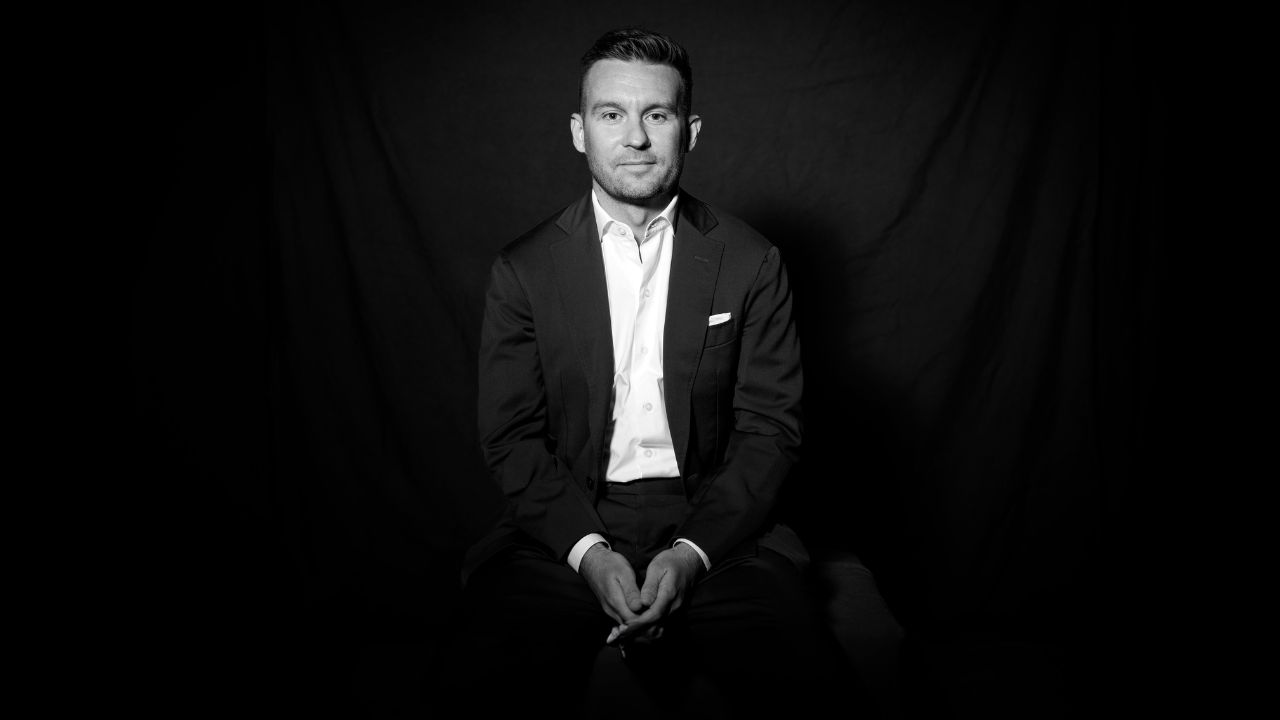For Thomas McGlynn, leadership fatigue isn’t an abstract HR term. It’s a lived experience and one that can sneak up even on the most driven and well-intentioned business leaders.
“I think leadership fatigue could almost be translated into decision fatigue,” says Thomas, Director/CEO of BresicWhitney.
“The thing about leadership is that you’re constantly needing to be decisive. You need to be firm. You need to be fair. And if you want to do leadership correctly, you’re applying that to every decision you make.”
It sounds straightforward enough – until the relentlessness sets in.
“If someone’s the first in the office and the last to leave, and they have a family at home, they might be struggling to keep on top of their work. That’s a warning sign.”
He believes the emotional side of leadership is often underestimated, pointing out that it is not just about targets, strategy or market share, but also about the constant emotional availability leaders are expected to provide.
It involves listening, empathising, motivating, and absorbing the stress of others while still managing their own.
“To be an effective leader you have to have a genuine care factor for your people,” he says. “That consumes so much of your emotional capacity. You have to be responsive, you have to be engaging … and that takes energy.”
It’s why boundaries are not simply a nice-to-have, but essential.
“There’s always something to do. Your ability to choose the right things and create systems for the rest is crucial,” he says.
In real estate, the challenge is amplified by a 24/7 market fuelled by technology, client expectations and the pressure to constantly produce.
But Thomas points out that clients, too, understand boundaries, and leaders have to weigh the trade-offs.
“You might lose some opportunities by not showing properties on a Sunday,” he says, “but you gain enormously in terms of living a balanced life.”
Recognising the crash before it comes
The early warning signs of fatigue are subtle, often emerging gradually in ways that can be easy to dismiss.
They might show up as small lapses in judgement, a drop in the quality of decisions, or an uncharacteristic loss of patience.
Sometimes it’s a change in routine, arriving earlier, staying later, or skipping break, that signals a leader is pushing beyond a sustainable pace.
“I’ve had many points in my career where I’ve experienced it,” Thomas says. “Generally, it’s been a sign that what got me here isn’t going to get me where I want to go. If you keep pushing the same way, it can lead to chronic burnout, even mental health challenges. You have to listen to your body.”
That listening, he argues, is the first step to recovery.
“Step back and look at things high-level. The first step of change or growth is becoming aware of your own… well, let’s call it your own blind spots. Leaders often avoid acknowledging their own problems because they think it makes them look weak. In reality, that vulnerability sets the tone for others.”
For Thomas, becoming a father forced a shift in both his priorities and his approach to work. The demands of parenthood made him reassess how he allocated his time and energy, prompting a deliberate move away from the seven-day work weeks that had once been routine.
“I love being a dad. I love being a good partner. And I love being a good leader. So I protect my time with my family. Sundays are off-limits. I used to work seven days a week – now I don’t.”
He also defines what amounts to an “ideal week” for him, and sticks to it.
“If you don’t, there are so many areas you could just get stuck in,” he says.
“You need a decision-making compass for when to bend your own rules, and you should think about those situations before they happen, otherwise life controls you rather than you controlling life.”
Of course, the impact of that discipline filters down.
“A business is nothing without its people. When things aren’t going right with an individual, it’s often because of something outside work, which might be caused by too much focus on work.
“If you have a team that feels valued and sees their leaders modelling balance, productivity follows.”
Slowing down to speed up
One of Thomas’ mantras is simple but challenging: “Sometimes you need to slow down to speed up.”
For leaders with an entrepreneurial mindset, that can feel counterintuitive.
“They think that just being busy all the time is what’s required. But you need to zoom out and ask: are you busy doing the right things?”
He encourages department heads to block time for “working on the business, not in it,” likening it to zooming out in Google Earth.
“You need to see the bigger picture before the daily grind pulls you under.”
His approach boils down to a blend of self-awareness, structural discipline, and the courage to set limits in a culture that prizes constant availability.
“Winning in business has many definitions,” he says.
“It’s not just volume or financials. For me, winning is building a high-performing business without burning out the people who make it possible – including myself.”

